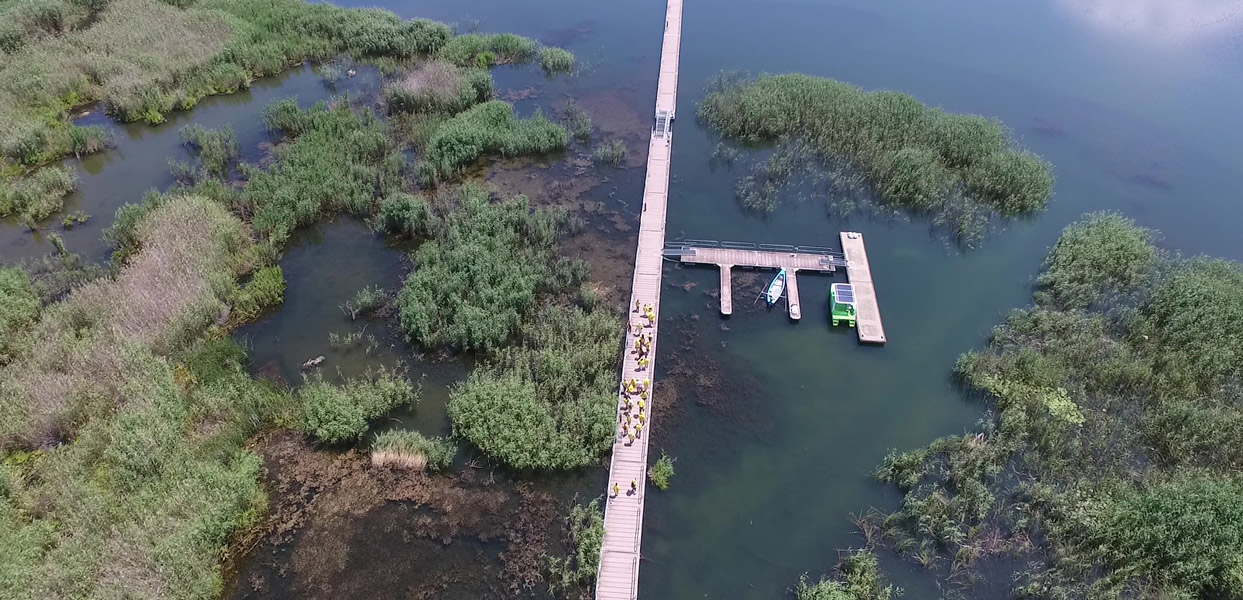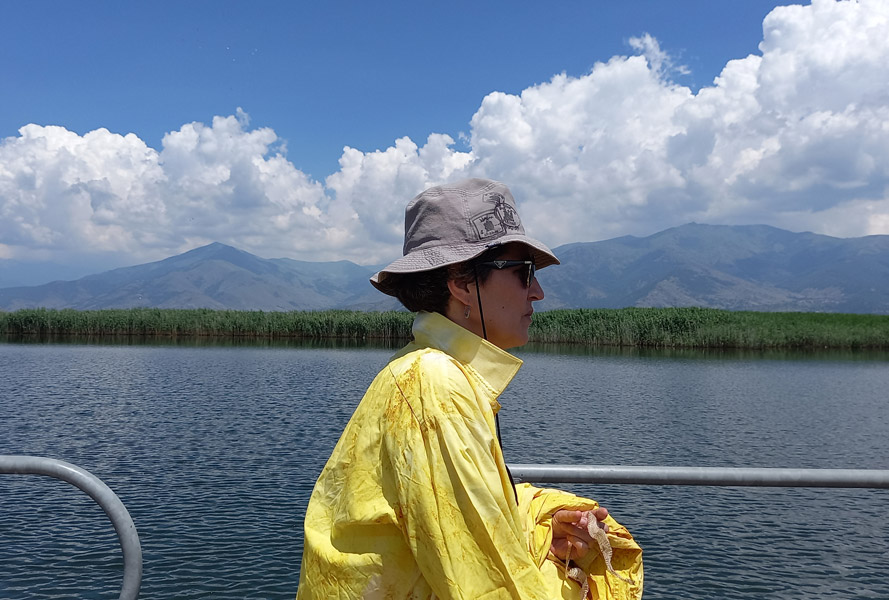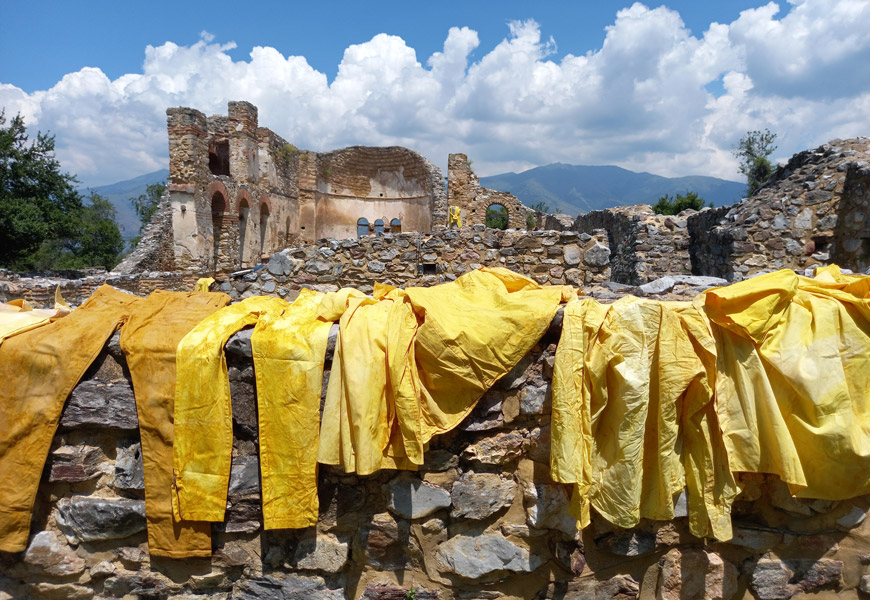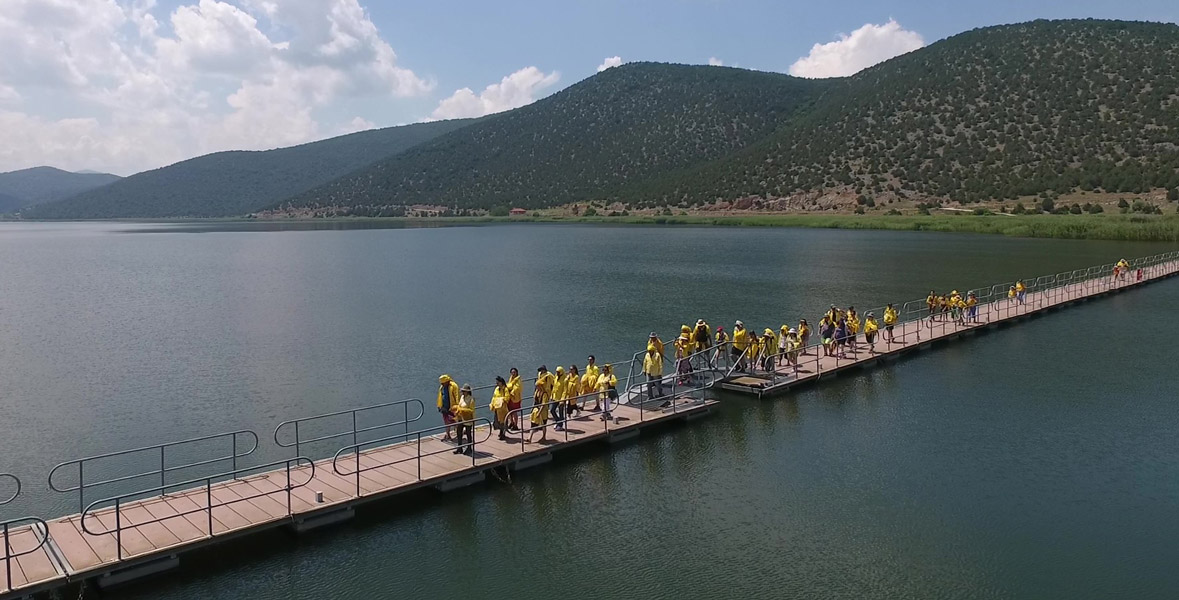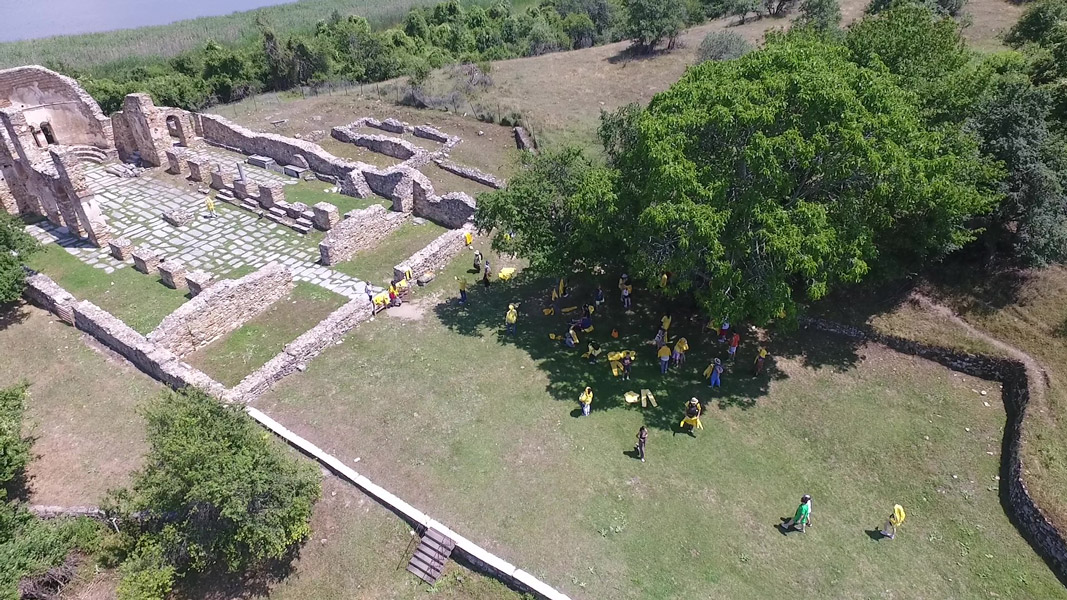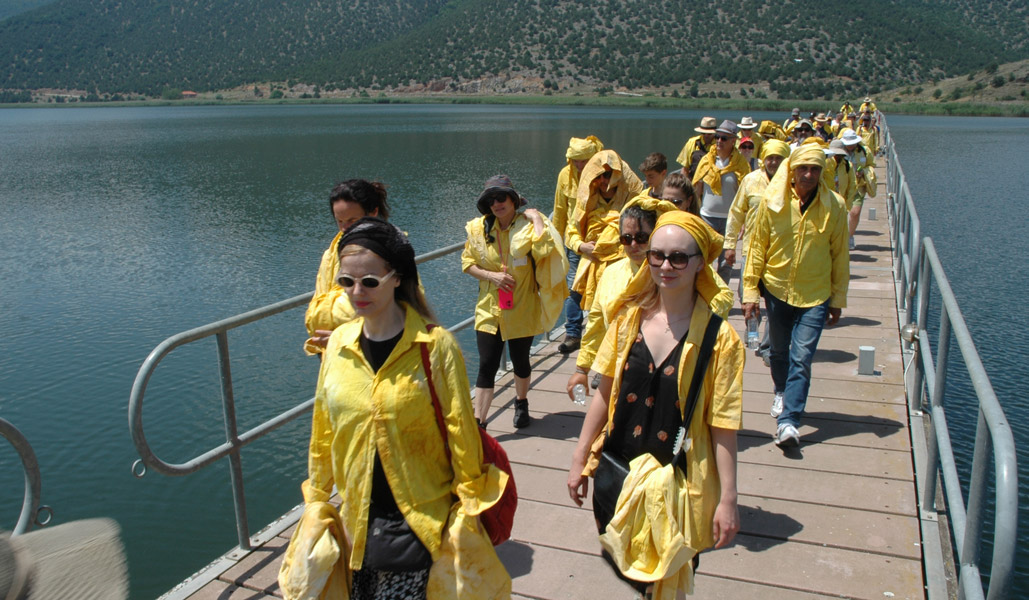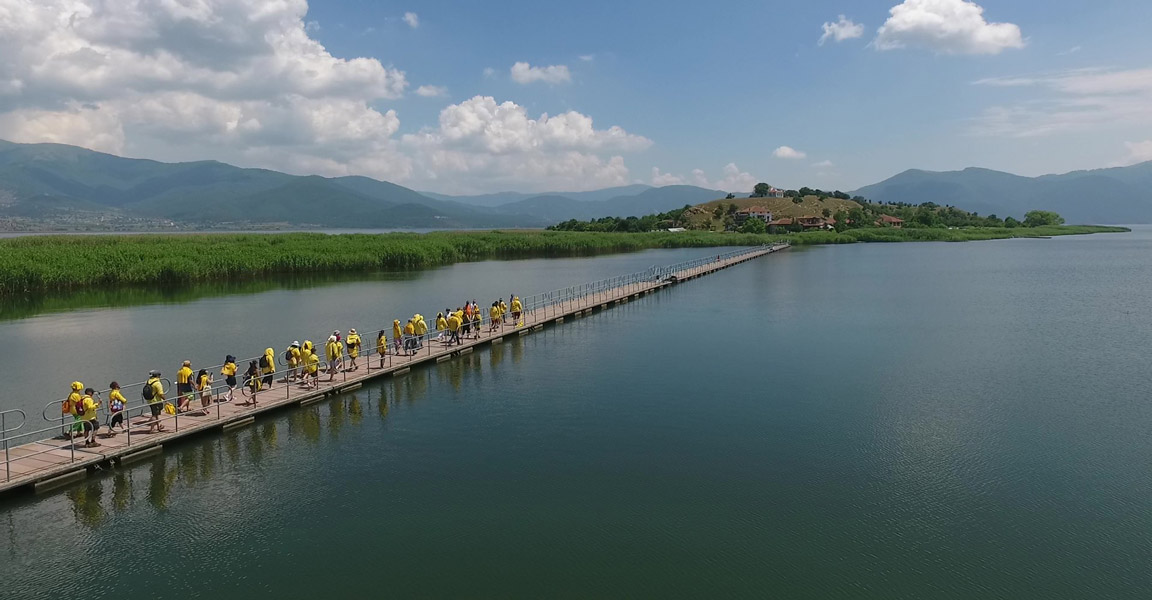Sentinel Species
Re-envisioning Ecosystem Dynamics
Walking Performance/Public Intervention/Art Exhibition Ayios Achillios
Prespes, 2023
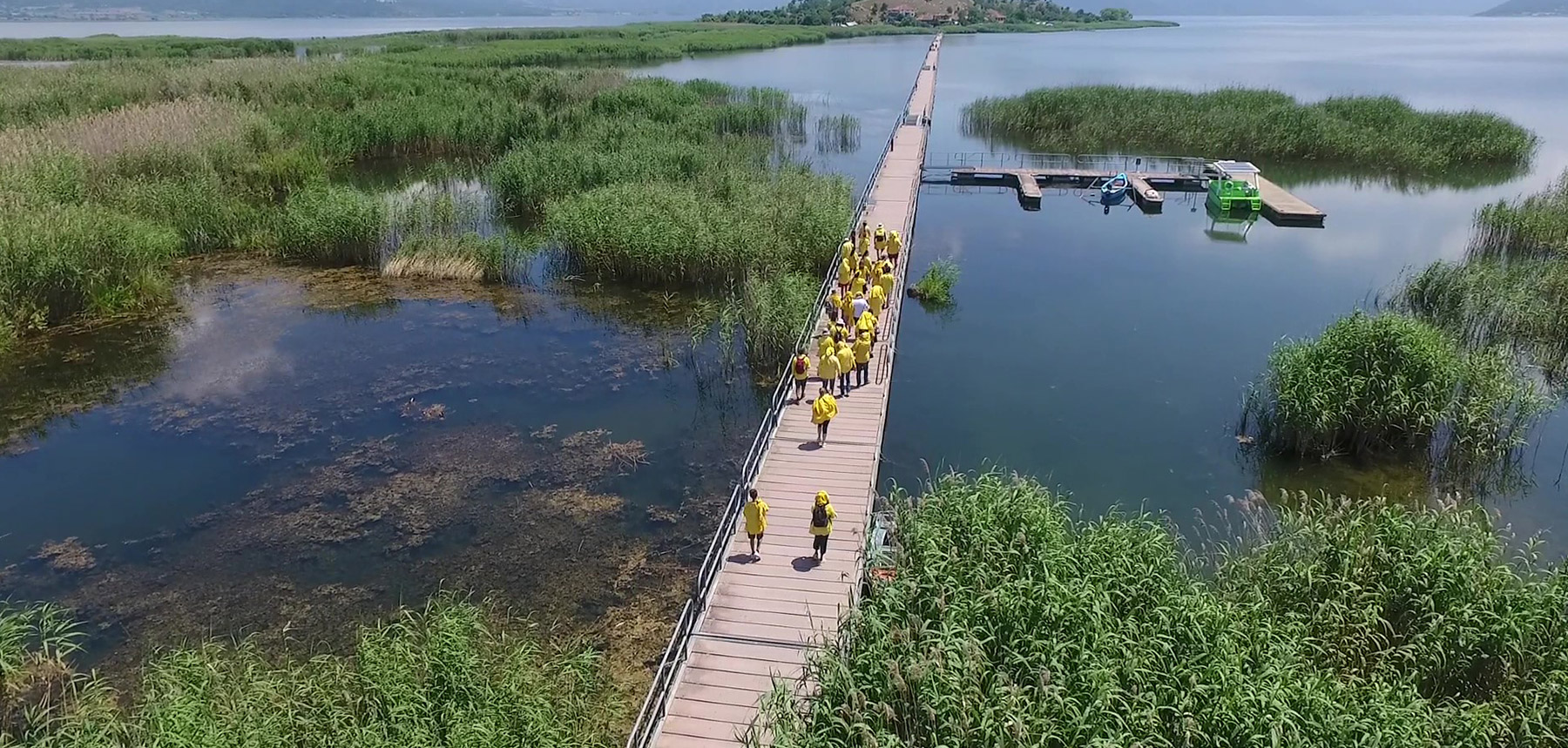
Participating Artists: Fay Stevens, Woolgatherer’s Collective, George Lazoglou, Lise Brenner, Georgios Paliatsios, Jenny Polak, Regini Gloria, Nikos Lamprinos, Laura Apolonio, Mar Garrido, Vasiliki Sagkioti, Arba Bekhteshi, Anastasia Polychronidou, Anna Piatou, Lydia Asoniti, Ioanna Kalogeraki, Tamsin Grainger, Andrea Jaeger, Ruth Broadbent, Sandra Cowan (CAN), Panagiotis Lezes, Clara Gari, Soazic Guezennec, Dimitra Nikolopoulou, Lia Nalbantidou, Sila Zamani, Ienke Kastelein, Rania Schoretsaniti, Harry Wilson, Sylvie Clairet, Soazic Guezennec, Lydia Matthews, Adonis Volanakis, Klitsa Antoniou, Anna Luyten, Lise Brenner, KIU Collective, Annie Tsevdomaria, Simona Vermeire, Stefaan Van Biesen, Geert Vernmeire
Cut Contemporary Fine Arts Lab
at the Artistic Station in Psarades (Prespes) of the School of Fine Arts in Florina (University of Western Macedonia)
Walking Visions/Visions for Walking (WAC 2023)
Arch. Kyprianos Str.
Prespes/GR
2023-07-03 – 2023-07-10
The fast pace of environmental change in the Anthropocene requires the development of a new suite of tools for measuring ecosystem dynamics. People have long observed animals for signs of threatening hazards or evidence of impending environmental threats. These species, called sentinel species, are of great importance not only in “perceiving and bringing” the first signs and symptoms of the “climate crisis”, but also in “anticipating” it as sentinels (Keck Sentinel species can provide insight into ecosystem function, identify hidden risks to human health, and predict future change. The terms primarily apply in the context of environmental hazards rather than those from other sources. Some animals can act as sentinels because they may be more susceptible or have greater exposure to a particular hazard than humans in the same environment. The use of animals as sentinels for human health threats, or of humans as sentinels for animal disease risk, dates back at least to the era when coal miners brought caged canaries into mines to provide early warning of toxic gases. Early coal mines did not feature ventilation systems, so they would bring a caged canary into new coal seams. Canaries are especially sensitive to methane and carbon monoxide, which made them ideal for detecting any dangerous gas build-ups. As long as the bird kept singing, the miners knew their air supply was safe.
In the context of Prespes International Walking Arts Encounters/Conference, I used 100 yellow colored clothing items referencing the color of canaries but also of Sulphur (mining). In a walking performance participants transferred these human related objects and meticulously placed them in Agios Achillios, in order to implement a staged/theatrical enigmatic experiment. The objective of the work is to reverse the sentinel roles of humans and birds. Humans enacted the role of sentinels for the endangered bird species living in the area. I intentionally chose Prespes as a location for this Performance/Installation as the area is environmentally protected. The rich flora and fauna and the impressive variety of natural environment in general, had as a result the proclamation of the area as a National Park.
The Encounters/Conference Walking Visions/Visions for Walking (WAC 2023) is an international art event that will take place from July 3rd to July 9th in the border area of Prespa for a third time, the previous ones being in 2019 and 2021. The International Encounters/Conference Walking Visions /Visions for Walking are organized by the Department of Fine and Applied Arts, School of Fine Arts, University of Western Macedonia, Greece in collaboration with Made of Walking (VIII) / the Milena principle and Walk Listen Create.
The Encounters/Conference has contributed to the sustainable development of the area with the participation of hundreds of artists, scientists, and art lovers from various countries around the world transforming Prespa into an international art center. The area has obtained an artistic identity related to the contemporary concept of walking and how it transforms art-practices.
The first Walking Arts Encounters/Conference (WAC 2019) focused on “walking bodies” and on physical and perceptible relations to the landscape. The second WAC 2021 brought up a more socio-political perspective, by addressing “walking as a question”. The third WAC Walking Visions /Visions for Walking goes beyond the tangible presence of the body in space, or the different approaches that walking has in addressing socio, political, economic, or ecological issues. We open a third dimension, connected to the main idea of “Walking Visions”. How does walking allow us to access intangible experiences or potential conditions, past, present or future? What are the imaginative and visionary potentials of walking? Towards what future are we walking? How can walking as an artistic practice enable new visions? Prespa will be transformed for a week into an open laboratory of ideas and the participants will have the opportunity to work together creating innovative art practices, ideas, and concepts.
The participants are affiliated with many universities, museums, research centers, and institutions: Athens School of Fine Arts (EL), Concordia University (CN), Contemporary Art Centre Nau Côclea (SP), Cyprus University of Technology (CY), Deakin University (AU), Florina Conservatory (EL), Hellenic Society of Psychoanalysis and Psychoanalytic Psychotherapy (EL), Ionion University (EL), Meliti Environmental Education Center (EL), Montclair State University (US), Nakas Conservatory, Thessaloniki (EL), National and Kapodistrian University of Athens (EL), National Theatre of Greece (EL), Nanyang Academy of Fine Arts (SG), Parsons School of Design (US), Royal Academy of Fine Arts (Antwerp) (BE), Royal Academy of Fine Arts (KASK) of Ghent (BE), Royal Melbourne Institute of Technology (RMIT) (AU), Smithsonian Institution – National Museum of the American Indian (US), Staffordshire University (UK), Toneelacademie Maastricht, Institute of Performative Arts (NL), Tor Vergata University of Rome (IT), University College Dublin SMARTlab (IE), University of the Arts London (UK), University of Brazilia (BR), University of Corsica (FR), University of East London (UK), University of Edinburgh (UK), University of Lethbridge (CN), University of Minho (PT), University of Patras (EL), University of Quebec in Montreal (CN), University of the Peloponnese (EL), University of Thessaly (EL), University of West Attica (EL), University of Western Macedonia (EL), Urban School of San Francisco (US).
Next Project
Lines and steps, weaving words and walks: The Walking Body III



